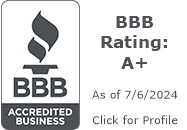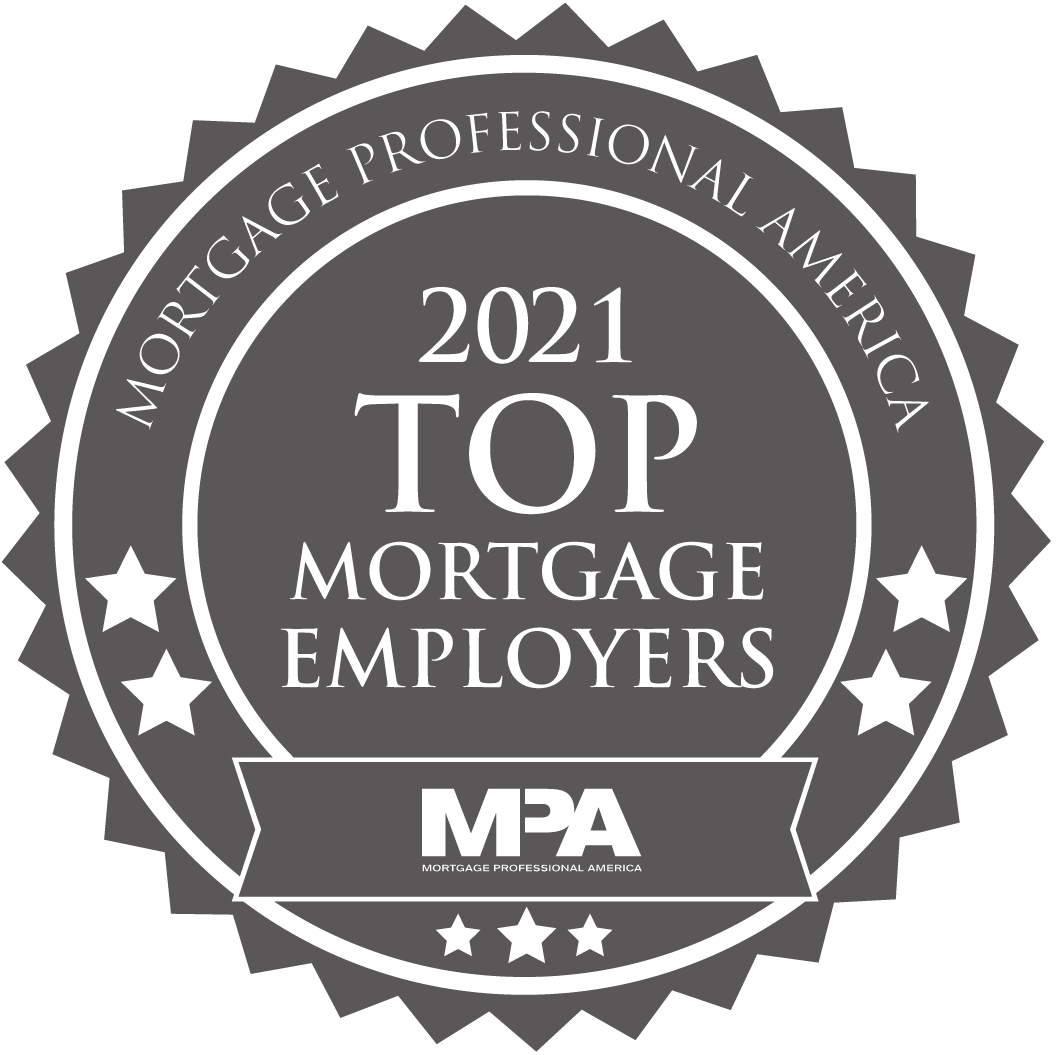When it comes time to buy a home, you’ll want to consider all your mortgage lender options before settling on the best fit for you. There is a lot of information available online – perhaps even too much—so it can be confusing.
Let us break down four best practices for shopping for a mortgage from the Federal Reserve Board.
Know What You Can Afford
Lenders and banks decide how much and what type of loan you can qualify for based on your debts, income, credit score, and employment status. Before shopping for a loan, it is important to have a strong understanding of your finances.
After you have your finances in order, you can connect with a lender to get pre-approved for a mortgage. A pre-approval letter is a great indicator of what you can afford. It shows the seller how much a lender is willing to approve you for without actually having to complete a full mortgage application.
Shop Around and Compare
Mortgage quotes vary from lender to lender, even for the same type of mortgage. You’ll want to review any associated fees and credits when shopping around to make sure you are getting the best deal for yourself. Sometimes working with a Mortgage Broker can connect you with a deal you would not have been able to get on your own, but bear in mind they often work off commission from lenders or other benefits, so it may influence what lender they guide you to.
Understand the Costs Associated
In addition to your monthly payments –aka your principal and interest—you may have other monthly or up-front costs to consider. An example on an upfront cost/credit is whether your interest rate requires you to pay “points” or supplies a credit. This varies by lender as different companies can offer different loan scenarios. It also changes depending on the market.
An example of monthly cost to consider is taxes and insurance. By opting for an escrow account, your taxes and insurance payments will be factored into your monthly payments as opposed to being paid in a lump sum. Depending on the down payment or loan program, you may also have a monthly mortgage insurance payment.
Know Your Loan Options
Not every loan type has the same conditions. The most common mortgage type is the Fixed-Rate Mortgage in which the rate stays the same throughout the life of the loan, but you can also opt for the Adjustable-Rate Mortgage where your interest rate adjusts depending on market conditions.
Still feeling a bit uncertain? No problem. We have tons of articles on our website that can help you learn more about mortgages, the process, and what you need to obtain a home loan.






